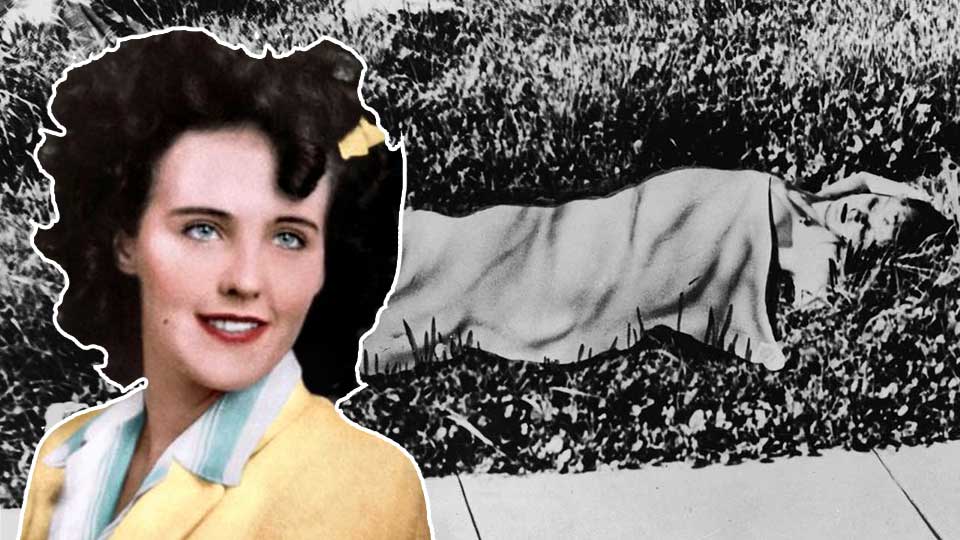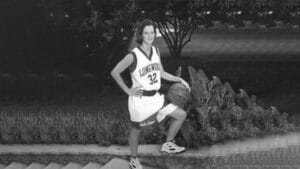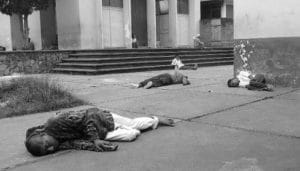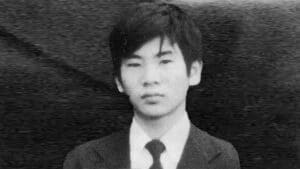The Black Dahlia murder case, one of the most infamous unsolved murders in American history, remains a source of fascination and intrigue more than 70 years after the discovery of Elizabeth Short’s brutalized body.
On January 15, 1947, the body of 22-year-old Elizabeth Short was found in a vacant lot in the Leimert Park neighborhood of Los Angeles. Short, who had recently moved to California from Massachusetts, had been bisected at the waist and her face grotesquely mutilated.
The gruesome nature of the murder, combined with Short’s striking looks and mysterious background, quickly captured the attention of the public and the media.
The LAPD launched an intensive investigation, and interviewed more than 150 potential suspects and received more than 60 confessions, but none were able to be substantiated.
Some of the suspects were notable figures of the time, including Dr. George Hodel, a prominent physician who was later implicated in other crimes, and actor Orson Welles, who was briefly considered a suspect before being cleared of any involvement.
The case also attracted the attention of a number of amateur detectives and investigators, many of whom offered their own theories and suspects. Some believed that Short’s murder was committed by a lone sadistic killer, while others thought it was the work of a sadistic killer or killers. Some even suggested that the murder was part of a larger conspiracy or cover-up.
The investigation was further complicated by the intense media coverage of the case, which sometimes hindered the progress of the investigation. Reporters often interfered with crime scene evidence and police procedures, and some even fabricated stories and quotes to sell papers.
The LAPD also faced criticism for their handling of the case, with some accusing them of being more interested in maintaining their image than in solving the crime.
Despite the lack of a resolution, the Black Dahlia case has continued to capture the public’s imagination. It has inspired numerous books, movies, and television shows, and remains a popular subject for true crime enthusiasts and amateur detectives.
One of the most notable books on the case is James Ellroy’s 1987 novel “The Black Dahlia,” which fictionalizes the investigation and offers a unique perspective on the events surrounding Short’s murder. The novel was later adapted into a movie in 2006.
Despite the many theories and suspects that have been put forward over the years, the Black Dahlia murder case remains one of the most notorious unsolved murders in American history.
The LAPD officially closed the case in 1949, but in 2004 the case was reopened by the LAPD Cold Case Unit and new forensic evidence was gathered and re-analyzed. However, the case still remains unsolved.
The mysterious background of Elizabeth Short, her striking looks and the brutal nature of her death, made the case an enigma that has captured the public imagination for decades. The case continues to be the source of fascination and intrigue and the possibility of solving it after all these years remains open and the LAPD Cold Case unit continues to review any new information that comes up.
It is important to note, that the Black Dahlia case has been heavily sensationalized by the media, and it’s important to remember Elizabeth Short was a real person who tragically lost her life.










